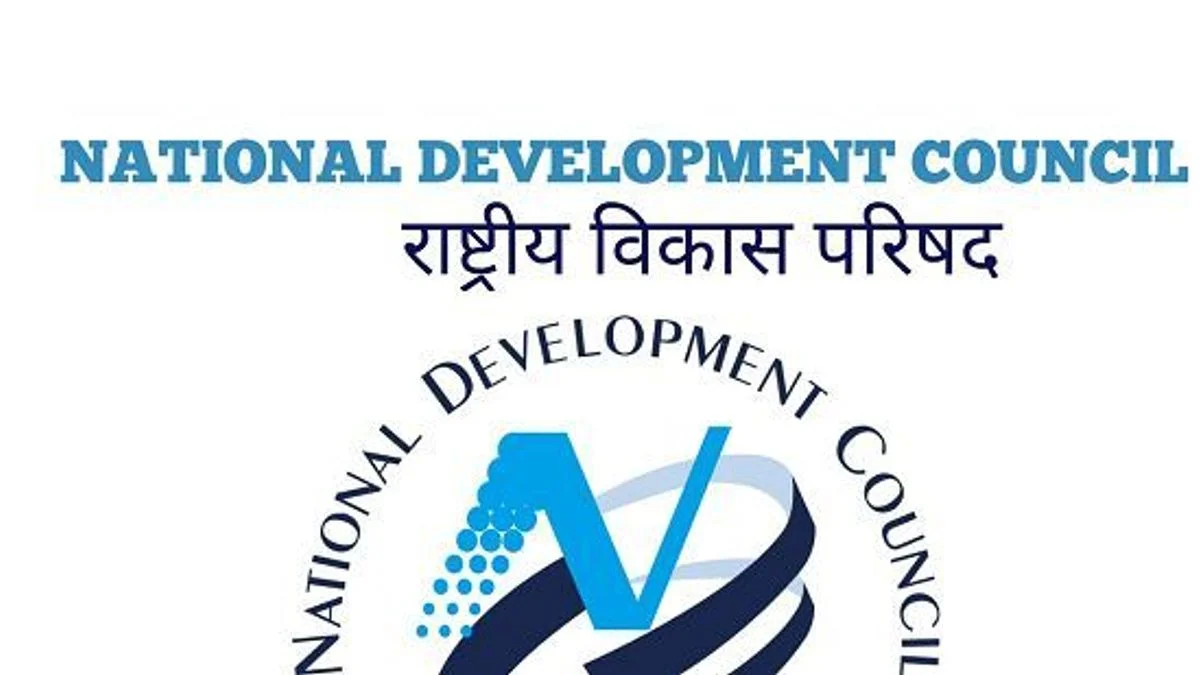The NITI Aayog, established to replace India’s Planning Commission, represents a significant shift in the country’s policy planning landscape. It emphasizes a bottom-up, participatory approach, aiming to foster cooperative federalism and address the unique needs of each state. By focusing on innovation, sustainable development, and institutional reforms, NITI Aayog seeks to drive India’s growth in a more flexible and dynamic manner.
Enroll now for UPSC Online Course
A Comparative Analysis of NITI Aayog and the Planning Commission
Comparison between Niti Aayog and Planning Commission
| Aspect | NITI Aayog | Planning Commission |
| Objective |
|
|
| Approach |
|
|
| Structure |
|
|
| Functioning |
|
|
| Resource Allocation |
|
|
| State Involvement |
|
|
| Focus Areas |
|
|
| Flexibility and Dynamism |
|
|
| Sustainable Development |
|
|
- Ensuring Effective Functioning of NITI Aayog: :The establishment of NITI Aayog has yielded positive outcomes.
- Still, there is a need to ensure that changes in the organization are brought through the infusion of adequate resources, requisite powers, and provisions for ensuring its non-partisanship.
Discontent with NITI Aayog: States’ Boycott and Concerns
- Political Leverage and Boycotts: Opposition parties use boycotts and political theatrics to challenge the central government.
- They can portray themselves as victims of central neglect, mobilizing their voter base.
- Example: 10 State and Union Territory representatives skipped the ninth Governing Council meeting of the NITI Aayog, chaired by Prime Minister Narendra Modi.
- Reasons cited include dissatisfaction with Union Budget allocations and political opposition.
- Role and Perception of NITI Aayog: NITI Aayog was intended to replace the Planning Commission with a focus on “cooperative federalism”.
- The think tank has been perceived as limiting itself to an advisory role to the Union Government, leading to disenchantment among opposition-ruled states.
- Issues with Resource Distribution: NITI Aayog does not have powers for resource distribution or allocation to states.
- The Finance Ministry has sole authority to decide grants, unlike the Planning Commission which allowed state consultations.
- Advisory Role Limitations: Unlike the Planning Commission, NITI Aayog lacks power over financial allocations and resource distribution.
- It aims to replace the top-down approach with a more cooperative model.
- Challenges in Cooperative Federalism: Polarized politics have hindered effective cooperation between the center and states.
- Opposition-ruled states often view the body through a partisan lens, affecting engagement.
- NITI Aayog’s Limited Influence on Allocations: The body’s advisory nature means it doesn’t influence financial allocations, reducing state interest.
- The Finance Ministry now handles allocation discussions exclusively.
- “Double Engine” Government Strategy: BJP’s electoral strategy promotes the idea that BJP-ruled states receive preferential treatment.
- Perceived favoritism has caused discontent among opposition-ruled states.
- Example: The NDA government’s dependence on support from Bihar and Andhra Pradesh and specific budgetary attention to these states has been criticized by opposition.
- Call for Re-envisioning NITI Aayog: There is a need to reintegrate some responsibilities of the Planning Commission into NITI Aayog for genuine “cooperative federalism”.
- This would involve addressing growth through infrastructure and capital investments in states with proper institutional backing.
National Development Council
Role and Establishment: The National Development Council (NDC) is India’s highest authority for approving five-year plans, recommended initially by the First Five Year Plan.

- Established on August 6, 1952, by an executive resolution.
- Headquarters: The NDC is headquartered in New Delhi.
- Legal Status: Like the former Planning Commission, the NDC lacks constitutional or statutory status.
- Composition: The composition of the NDC includes:
- The Prime Minister of India (Chairperson)
- All Union Cabinet Ministers
- Chief Ministers of all states
- Administrators of Union Territories
- Members of the Planning Commission (now replaced by NITI Aayog)
- Last Meeting and Future of the NDC: The last meeting of the NDC (57th) took place on December 27, 2012, to approve the 12th Plan (2012–2017).
- On January 1, 2016, it was reported that the government planned to abolish the NDC.
- However, no such resolution has been passed to date.
- Objectives of NDC: Its key objectives are to:
- Promote balanced economic and social development
- Strengthen cooperative federalism
- Ensure efficient resource utilization
- Promote sustainable development practices
- Address cross-cutting issues
- Monitor and evaluate development progress
- Promote knowledge-driven policymaking
- Facilitate international cooperation
- Foster innovation and entrepreneurship
- Functions of NDC: To achieve these objectives, the NDC has the following functions:
- Set guidelines for national Plan preparation.
-
- Review the national Plan prepared by the Planning Commission (now NITI Aayog).
- Assess the resources needed for Plan implementation and suggest ways to increase them.
- Consider important questions of social and economic policy affecting national development.
- Periodically review the working of the National Plan.
- Recommend measures to achieve the aims and targets of the National Plan.
Enroll now for UPSC Online Course
| Must Read | |
| Current Affairs | Editorial Analysis |
| Upsc Notes | Upsc Blogs |
| NCERT Notes | Free Main Answer Writing |
Conclusion
NITI Aayog symbolizes a move towards more adaptive and state-specific strategies, reflecting an evolved approach to India’s development.
- While it has made significant strides in fostering innovation and cooperation, continued focus on resource allocation, stakeholder engagement, and non-partisanship is essential.
- By addressing these challenges, NITI Aayog can further enhance its role in shaping a prosperous and inclusive future for India.
Sign up for the PWOnlyIAS Online Course by Physics Wallah and start your journey to IAS success today!

 GS Foundation
GS Foundation Optional Course
Optional Course Combo Courses
Combo Courses Degree Program
Degree Program












